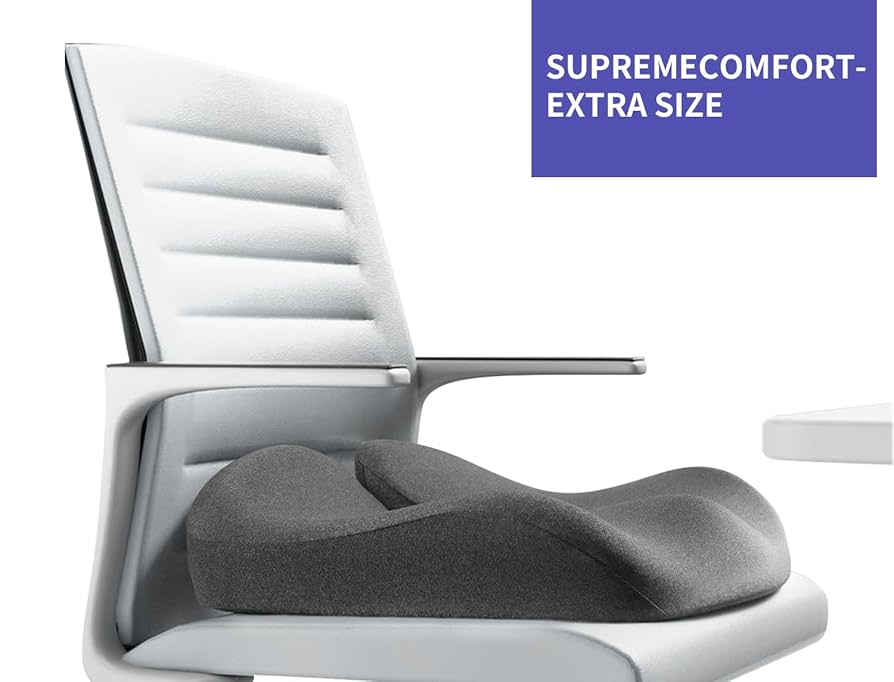Transform your sitting experience with these ergonomically-driven strategies designed for superior comfort during extended stool use.
Core Posture Principles
Maintain optimal alignment to reduce spinal strain. Position your feet flat on the floor or on a stable footrest, ensuring knees align with or sit slightly below your hips. Avoid slouching; engage your core muscles slightly to naturally curve your lower back inward.
Leverage Adjustable Features
Maximize your stool's built-in adjustments:

- Height: Set so elbows form a 90-degree angle when resting on your work surface.
- Seat Tilt: Slightly angle the seat pan downward (1-5 degrees) to promote pelvic neutrality and reduce pressure on thighs.
- Lumbar Support: Position any adjustable support to cradle the natural curve of your lower back.
Incorporate Active Sitting & Movement
- Micro-breaks: Stand or shift your weight every 25-30 minutes.
- Subtle Sways: Gently shift your weight periodically; utilize a wobble stool base if available.
- Stretch: Perform brief hip flexor, hamstring, and spine twists while seated.
Consider Targeted Support Accessories
- Seat Cushions: Use a contoured or memory foam cushion with a coccyx cutout to alleviate tailbone pressure and improve weight distribution.
- Footrests: Employ if feet dangle or don't rest comfortably flat, maintaining knee/hip alignment.
- Backrest Add-ons: Attach supportive pads if built-in lumbar support is inadequate.
Prioritize a gentle forward pelvic tilt while seated – imagine "sitting bones" pointing slightly backward and tailbone pointing slightly forward – to preserve the natural lumbar curve and enhance overall comfort.







